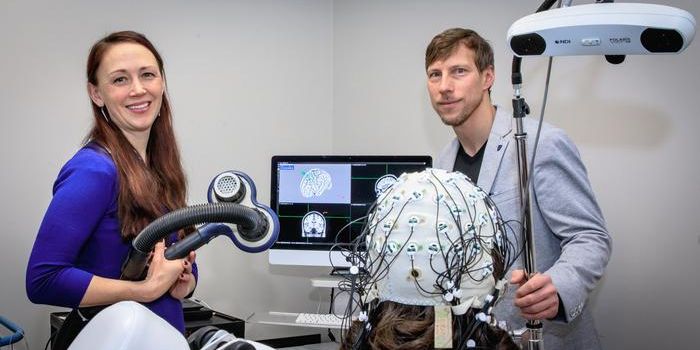Smart Wearable Patch Signals Trouble Following Traumatic Injury
An ambulance pulls up to the site of a car accident, sirens blazing. Paramedics assess the crash victims, looking for signs of trauma, of which blood loss is a primary concern. But what about invisible trauma — internal hemorrhages that can cause the victim’s condition to rapidly deteriorate? For now, heart rates and blood pressure are crude measures for this, metrics that paint a notoriously unreliable picture about the true state of the body following shock.
“It’s very difficult because the vital signs you can measure easily are the ones that the body tries very hard to regulate,” explained Omer Inan, associate professor in the School of Electrical and Computer Engineering at the Georgia Institute of Technology.
“Yet you have to make decisions about how much fluid to give an injured person, how to treat them—and when there are multiple people injured—how to triage those with the most critical needs. We don’t have a good medical indicator that we can measure noninvasively at an injury or battlefield scene to help make these decisions.”
Inan and team have developed a new technology for measuring blood loss: a smart wearable sensor that picks up the micro-vibrations produced by the heart as it ejects blood into the arteries. As the blood volume drops following bleeding, the intensity and timing of these vibrations change drastically, providing immediate red flags to first responders.
The study, published in Science Advances, highlights many applications both inside and outside hospitals for which such smart wearable sensors have the potential to be transformative.
A simple visual cue that provides paramedics with a snapshot of the health of the cardiovascular system could mean the difference between life or death in an emergency situation.
“We would give an indicator that is representative of the overall status of the cardiovascular system and how close it is to collapse. If one patient is rated 50 and another is 90, first responders could give priority to the patient with the higher number”, said Inan.
Sources: Science Advances, Georgia Tech.









